Make typing special characters stupid easy: meet the compose key
Posted on March 16, 2015
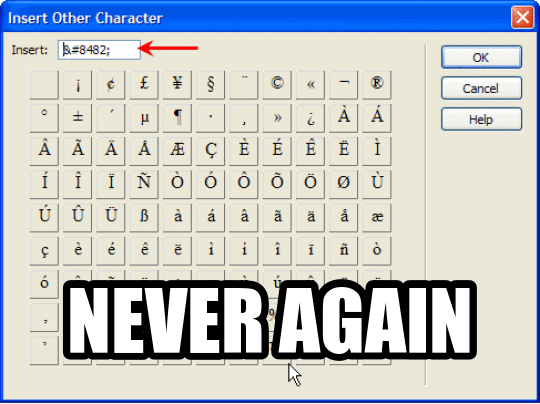 I use Linux on both my desktop workstation and my laptop. I mention this because, while it marks me out as kind of an oddball in most respects, it establishes my credentials pretty effectively on one point: I know how to edit text.
I use Linux on both my desktop workstation and my laptop. I mention this because, while it marks me out as kind of an oddball in most respects, it establishes my credentials pretty effectively on one point: I know how to edit text.
Unlike every other operating system in common use today, Linux (and Unix-like systems more broadly) is unashamed about its love affair with plain old text. Things that other OSes hide behind shiny, clicky “control panels” are squirreled away by *nixes into text configuration files. Much of how you automate procedures in such systems involves piping text output from one program into another. Where other systems race toward any opportunity to keep the user from having to put their hands on a keyboard, *nixes stubbornly look for ways to keep the user from having to take their hands off the keyboard.
All of which is probably why *nixes are unappealing to most users unless they are hidden behind a thick layer of graphical candy, as OS X does. But it makes those of us who do use them really, really good at editing text. So I’m writing this to share one trick I’ve learned by using such systems.
Longtime Readers™ will already know that I’m fond of putting that little trademark symbol at the end of the phrase “Longtime Readers.” But let’s look at a mechanical question for a second: how do you actually put a symbol like that in there?
For most people, the answer will involve opening up an application (Character Map in Windows, Character Viewer in OS X), finding the symbol you want in there, clicking some buttons to copy it to the clipboard, and then pasting it into your text where you want it. That works, but — let’s be real here — it’s incredibly clunky. You’re talking about multiple clicks just to get a single special character in place. That’s a pain.
Some more advanced users will have learned an alternate input method, Alt codes, that can be entered straight from the keyboard; no special app or multiple clicks required. But while they’re easier than using a character map, they force you to remember a special numeric code sequence for each character you want to use. And those code sequences have nothing to do with the particular character they represent — what correspondence does the number “164” have with the character “ñ”? — so learning new characters means memorizing new numbers for each one. And capitalized characters are coded separately from lowercase ones, so just because you know the code for ñ doesn’t mean you’ll be able to use that knowledge to use the character Ñ. So it’s better, but not by much.
All of which means that, when confronted with special characters, rather than deal with these frustrating input methods people tend to take lazy shortcuts like dropping accents off non-English characters. So suddenly Luis Buñuel turns into “Luis Bunuel,” and “LEGO®” becomes “LEGO (R)” — all because the computer of the person typing made being accurate too hard.
People of Earth! I come to tell you that there is a better way. Better than character maps or Alt codes. So much better, in fact, that once you get used to it, you’ll find typing on a computer that isn’t set up to support it positively painful.
That better way — which I had never heard of until I started using Linux — is called the “compose key.”
Here’s how it works. You tell your computer that a specific key on your keyboard (it can be any key you like) is a special, magic key called a compose key. And once the compose key is pressed, rather than taking each character you type after that on its own, the computer looks to see if the characters form a compose key sequence — a series of keys that correspond to a particular special character. If they do, the computer outputs the special character; if they don’t, the keys are ignored.
All of which probably sounds similar to the above-described Alt codes. But there’s a key difference — rather than just a number, compose key sequences for characters are specifically designed to be similar to the character they should produce. This makes them easier to remember than Alt codes, and additionally makes it easy to guess the sequences for characters you haven’t used before, without having to look them up.
Let’s take as an example the ñ character mentioned above. When your system is set up with a compose key — I use the right Ctrl key for mine, since it’s out of the way of regular typing — producing this character is simple. You just type:
Compose + n + ~
… and bam, out comes “ñ”. Notice how the compose key sequence follows from the character itself; to use ñ, you type a plain “n” and then a tilde (“~”), the character closest to the accent mark the character includes.
Knowing that, can you guess how to use a compose key to produce Ñ? I bet you can:
Compose + (Shift + n) + ~
That’s right — it’s just a matter of holding down the Shift key when you hit “n”. Now you know how to capitalize any accented character.
How about turning “Longtime Readers (TM)” into “Longtime Readers™”? You guessed it:
Compose + t + m
Boom™.
Or how about that little registration mark (®)?
Compose + o + r
It’s Just That Easy®.
What about fractions, you ask?
- ½:
Compose + 1 + 2
- ¼:
Compose + 1 + 4
- ⅛:
Compose + 1 + 8
You can even use the compose key to do some of the weirder Unicode characters:
- ♥:
Compose + < + 3
- ☺:
Compose + : + )
- ☭:
Compose + C + C + C + P (Yes, really. Try it!)
You’re probably starting to see now how much easier this is compared to character maps and Alt codes. It makes typing special characters so easy that it just becomes part of your regular typing flow. “Special” characters become just… well, characters. Which is they way they should be.
And unlike Alt codes, which are tied to Microsoft Windows proprietary character codes, a good compose key implementation will produce clean, interoperable Unicode characters, so there’s no worry about them glitching out when copied into an email or Web page.
If you’re a *nix-using nerd like me, your system probably already supports compose key sequences, so all you have to do is check the docs to see how to start using them. But for those of you who use Windows or OS X, never fear — the power of the compose key is available to you too!
Getting a compose key on OS X: As befits its *nix heritage, a compose key is available to Mac users without having to install any additional software. However, since Apple’s entire interface philosophy is built around using the mouse rather than the keyboard, they don’t enable it by default. So to turn it on, you need to either fiddle with your settings a bit or install a new keyboard layout that has a compose key set up by default.
Getting a compose key on Windows: Windows, not being a *nix in any conceivable shape or form, has no compose key support out of the box. However, you can easily add one by installing a free, open-source utility, WinCompose. Once it’s installed, just run WinCompose and any key you specify will function as a compose key. (Or just tell Windows to run it at startup if you want compose key support all the time.)
So regardless of what platform you’re into, you can take advantage of the compose key to make your life suck less. Give it a try — and prepare to be amazed at how soon it becomes indispensable!
 For the first time in something like seven years, I’ve done some remodeling around here. The new layout should be more aesthetically pleasing as well as mobile-friendly, but I’ll leave you to be the judge of that.
For the first time in something like seven years, I’ve done some remodeling around here. The new layout should be more aesthetically pleasing as well as mobile-friendly, but I’ll leave you to be the judge of that.
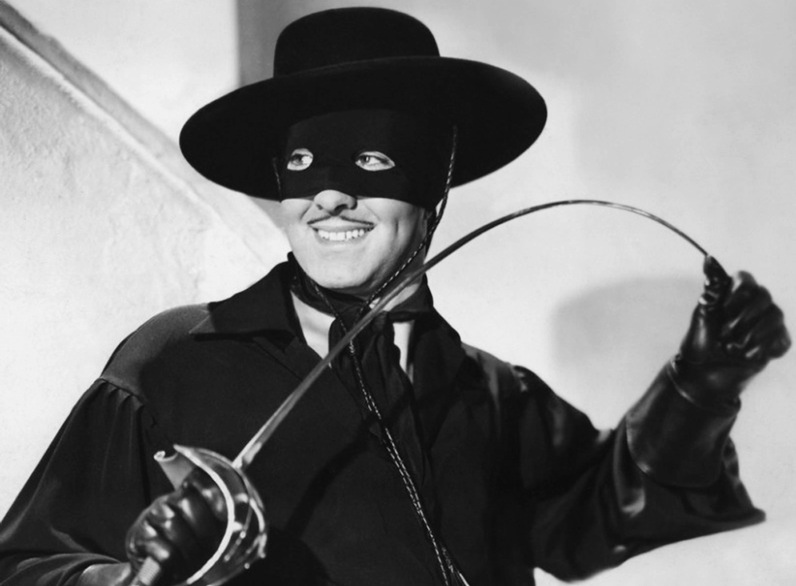 ARIES (March 21-April 20): Only bold deeds will win the heart of the beautiful Señorita Lolita
ARIES (March 21-April 20): Only bold deeds will win the heart of the beautiful Señorita Lolita I’ve written before in this space that “
I’ve written before in this space that “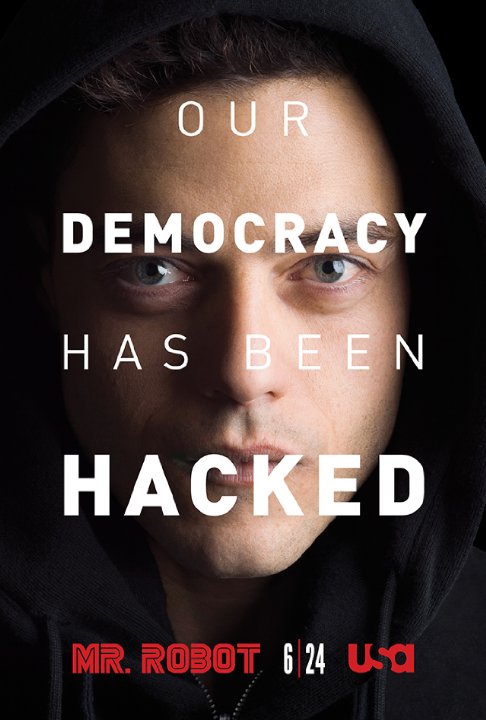
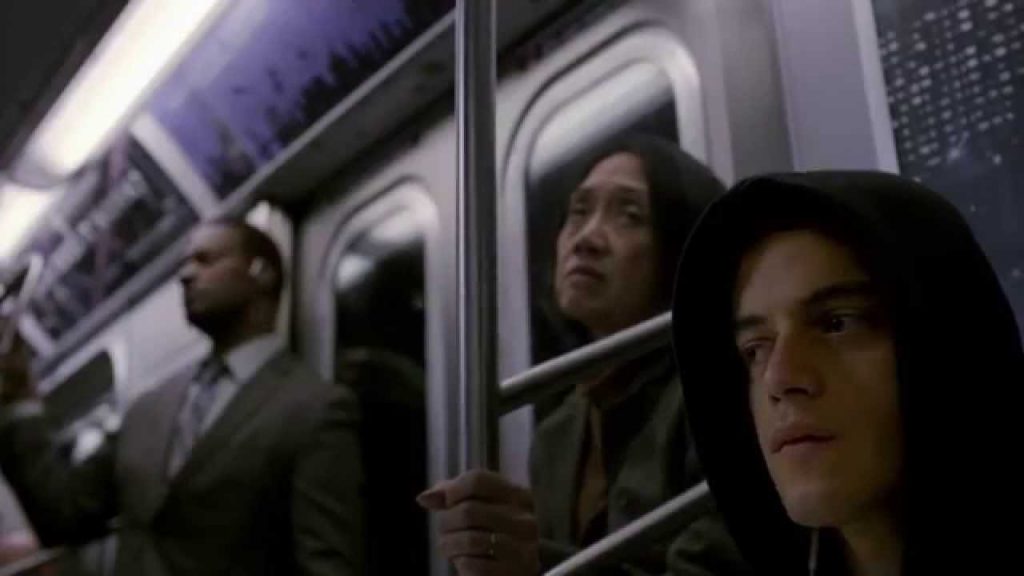
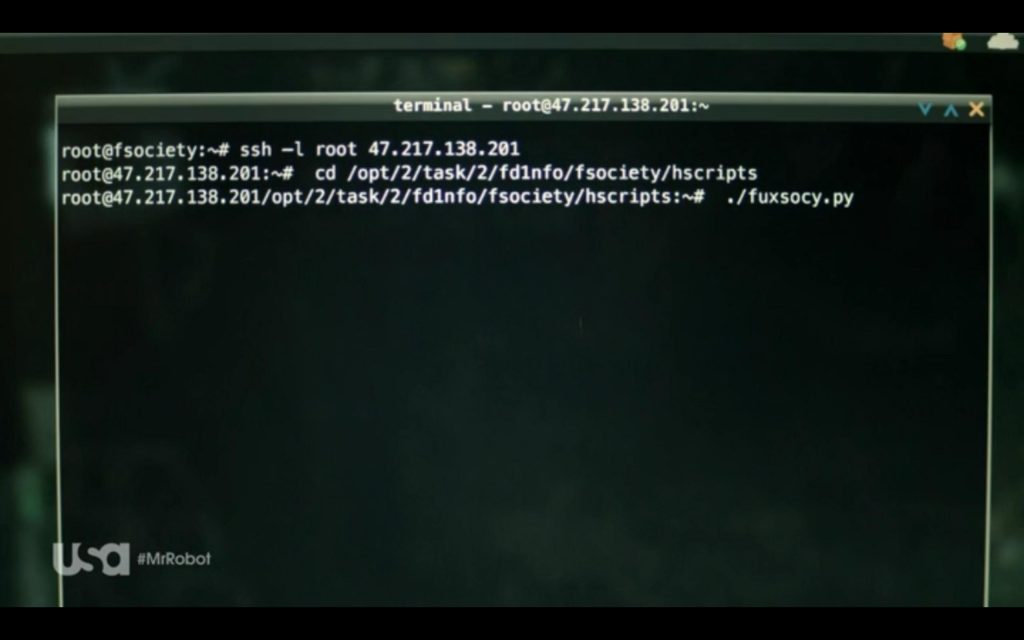
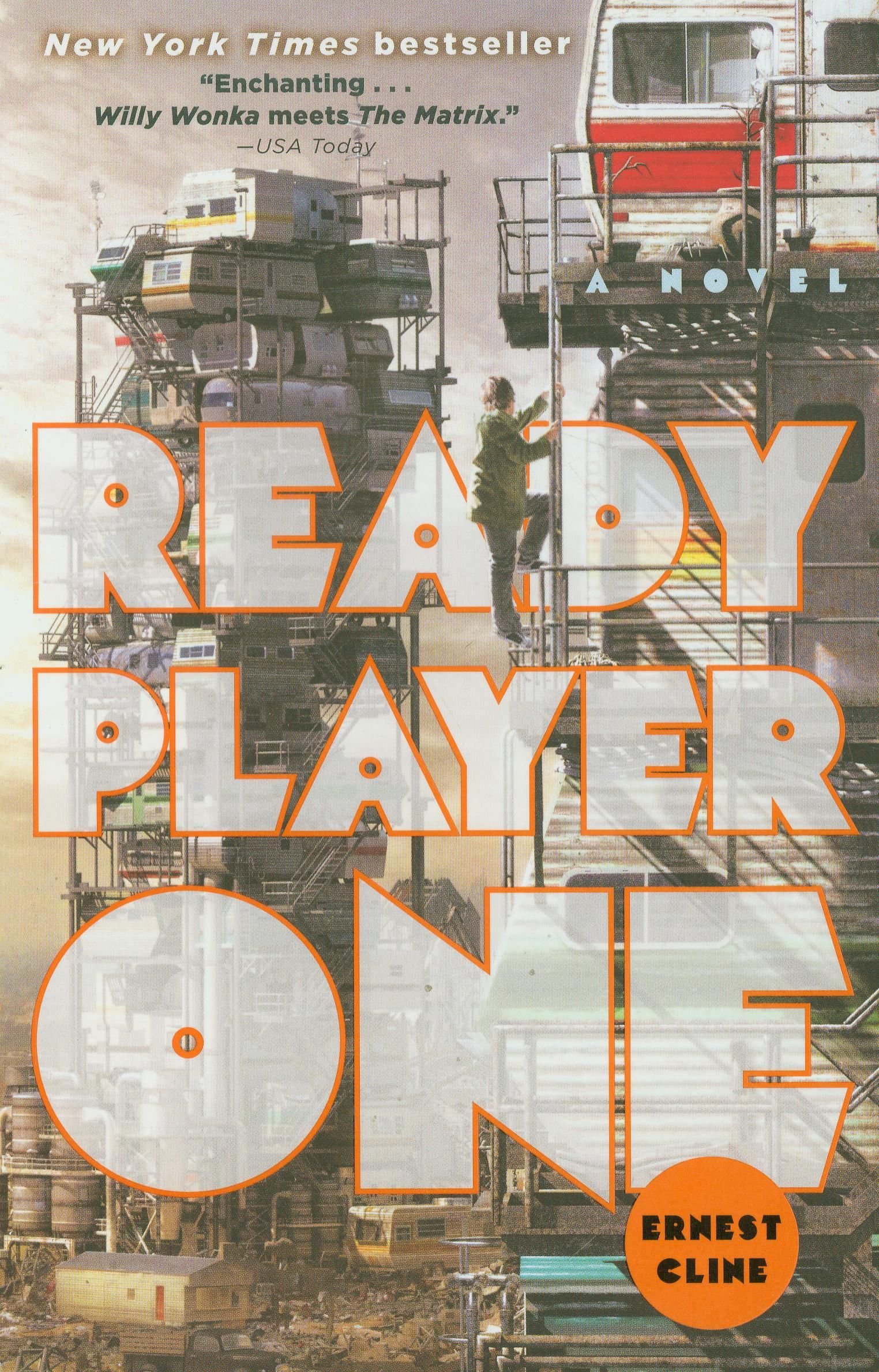 JWM’s Summer of Fiction continues! Today we’re discussing Ernest Cline’s 2011 debut novel, Ready Player One.
JWM’s Summer of Fiction continues! Today we’re discussing Ernest Cline’s 2011 debut novel, Ready Player One. So I’m sitting here this morning at my neighborhood bagel joint, reading my email and having a bagel and coffee and trying to control my blood pressure as the couple seated behind me argue about
So I’m sitting here this morning at my neighborhood bagel joint, reading my email and having a bagel and coffee and trying to control my blood pressure as the couple seated behind me argue about  A year ago, I wrote:
A year ago, I wrote: The book review juggernaut that is Just Well Mixed rolls on, this time over literary wunderkind Karen Russell’s 2011 debut novel Swamplandia!
The book review juggernaut that is Just Well Mixed rolls on, this time over literary wunderkind Karen Russell’s 2011 debut novel Swamplandia! What is that dread, fearful shadow slouching over the horizon? It’s another book review! This one’s for Telex from Cuba, the 2008 debut novel of Rachel Kushner.
What is that dread, fearful shadow slouching over the horizon? It’s another book review! This one’s for Telex from Cuba, the 2008 debut novel of Rachel Kushner.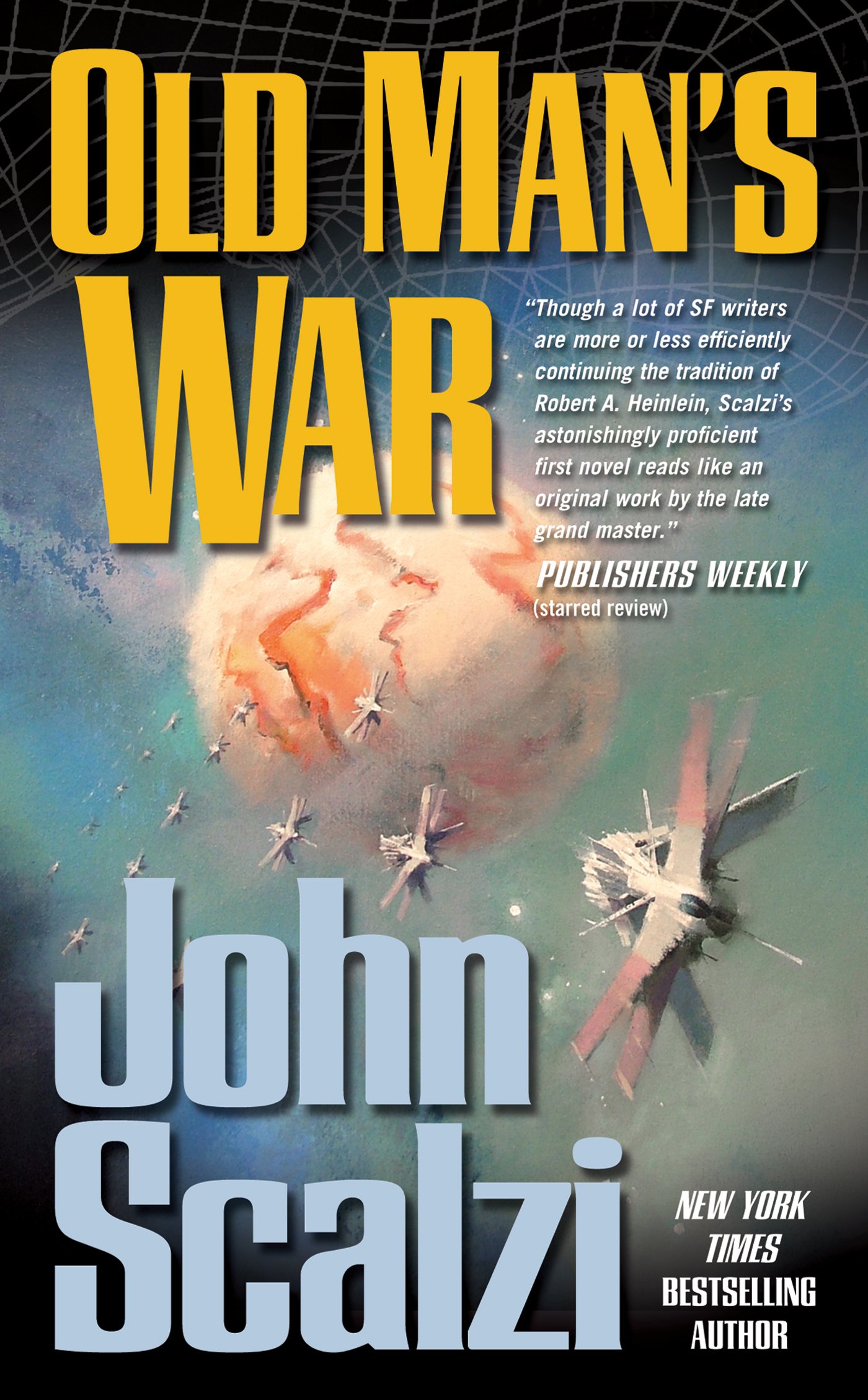 Another day, another book review. This one’s for my latest read, sci-fi author John Scalzi’s 2005 debut novel, Old Man’s War.
Another day, another book review. This one’s for my latest read, sci-fi author John Scalzi’s 2005 debut novel, Old Man’s War. I’m continuing to plow through my summer fiction binge; the latest morsel to go down is The Circle, the 2013 novel by Dave Eggers.
I’m continuing to plow through my summer fiction binge; the latest morsel to go down is The Circle, the 2013 novel by Dave Eggers. There’s an interesting story up at The Awl today, titled “
There’s an interesting story up at The Awl today, titled “



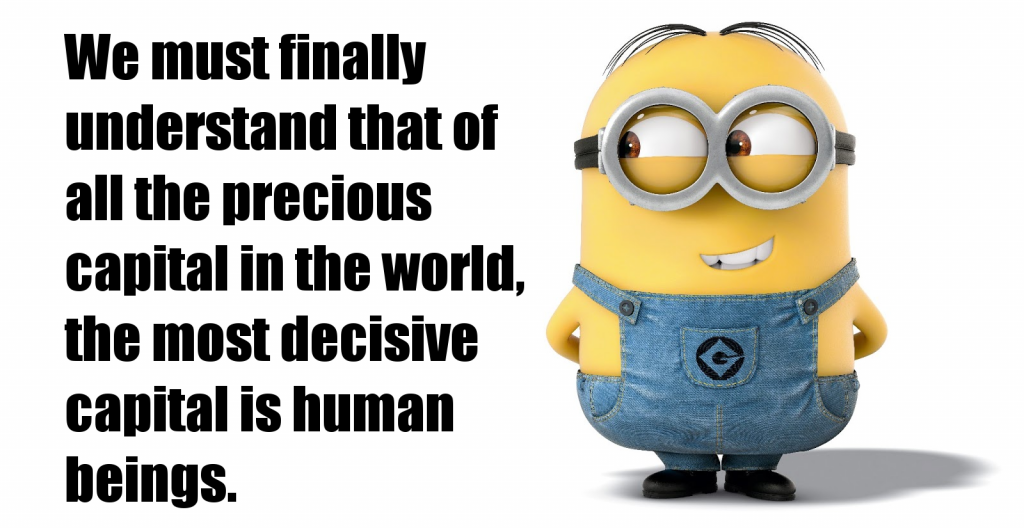


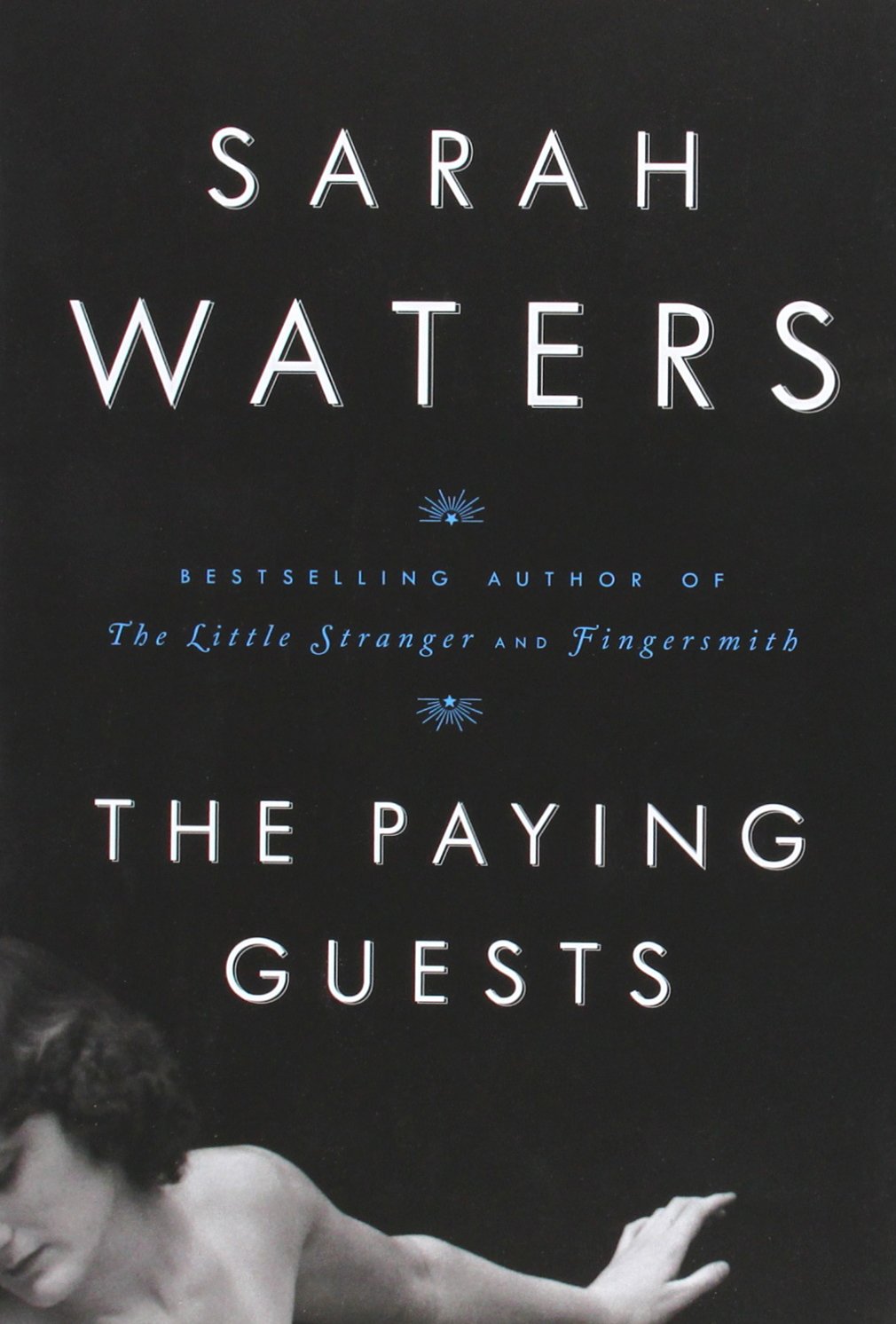 My summer fiction binge continues, this time with The Paying Guests, last year’s offering from novelist Sarah Waters.
My summer fiction binge continues, this time with The Paying Guests, last year’s offering from novelist Sarah Waters. Another day, another book review! This one’s for Whiskey Tango Foxtrot, last year’s debut novel by David Shafer.
Another day, another book review! This one’s for Whiskey Tango Foxtrot, last year’s debut novel by David Shafer.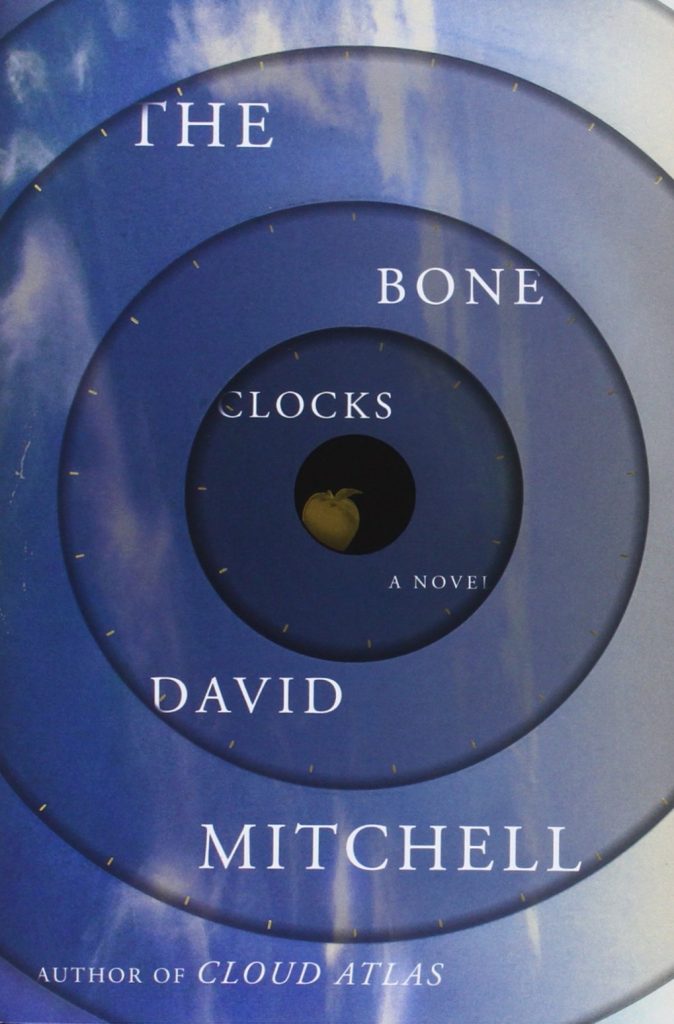 Time for another book review! This one’s for The Bone Clocks, the most recent novel by David Mitchell, author of the absolutely stunning Cloud Atlas (which was later made into
Time for another book review! This one’s for The Bone Clocks, the most recent novel by David Mitchell, author of the absolutely stunning Cloud Atlas (which was later made into 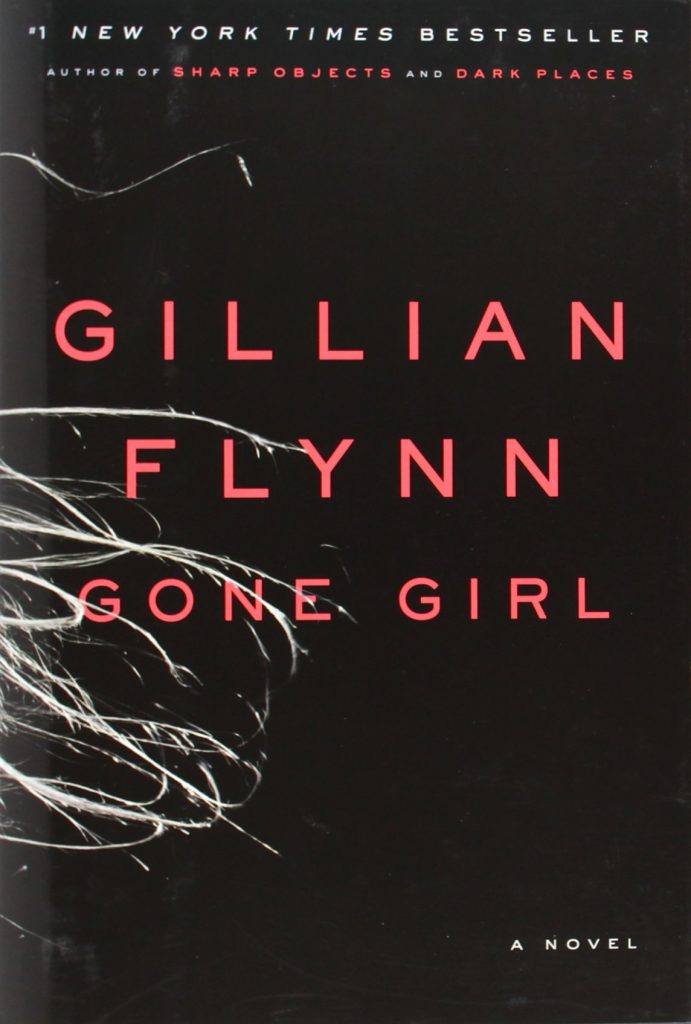 As long as
As long as  Here’s something that drives me nuts about Democratic politicians. (I’m going to pick on Hillary Clinton here, but it’s important to note that this is not something unique to her — every major Democratic Presidential candidate in my lifetime has done the same thing, including Barack Obama, John Kerry, Al Gore and Bill Clinton. It’s a Democratic problem, not a Hillary problem.)
Here’s something that drives me nuts about Democratic politicians. (I’m going to pick on Hillary Clinton here, but it’s important to note that this is not something unique to her — every major Democratic Presidential candidate in my lifetime has done the same thing, including Barack Obama, John Kerry, Al Gore and Bill Clinton. It’s a Democratic problem, not a Hillary problem.) I just finished reading Haruki Murakami’s 2011 novel 1Q84 and had some thoughts about it, so now, dear reader, you’re going to get those thoughts dumped on you.
I just finished reading Haruki Murakami’s 2011 novel 1Q84 and had some thoughts about it, so now, dear reader, you’re going to get those thoughts dumped on you. I use Linux on both my desktop workstation and my laptop. I mention this because, while it marks me out as kind of an oddball in most respects, it establishes my credentials pretty effectively on one point: I know how to edit text.
I use Linux on both my desktop workstation and my laptop. I mention this because, while it marks me out as kind of an oddball in most respects, it establishes my credentials pretty effectively on one point: I know how to edit text.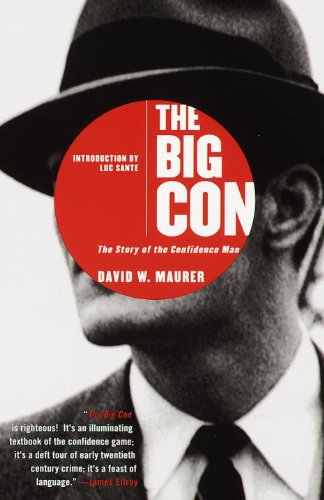 34. The Punk Kid
34. The Punk Kid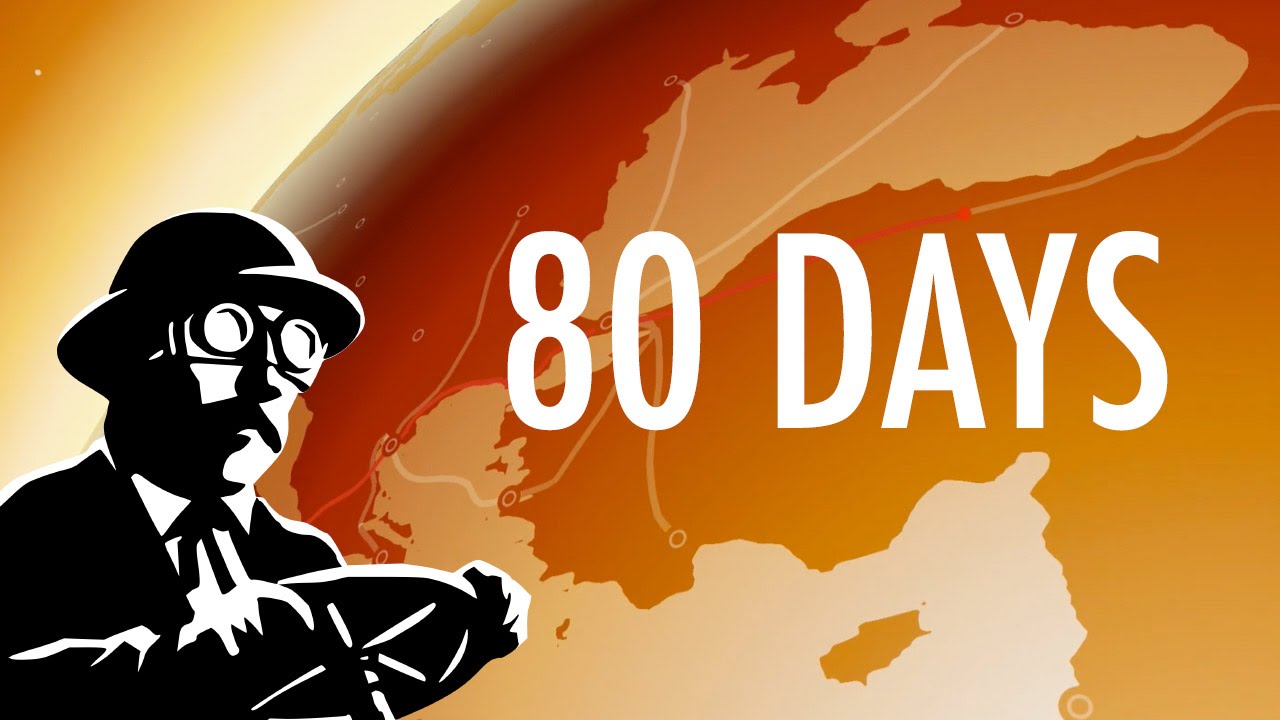
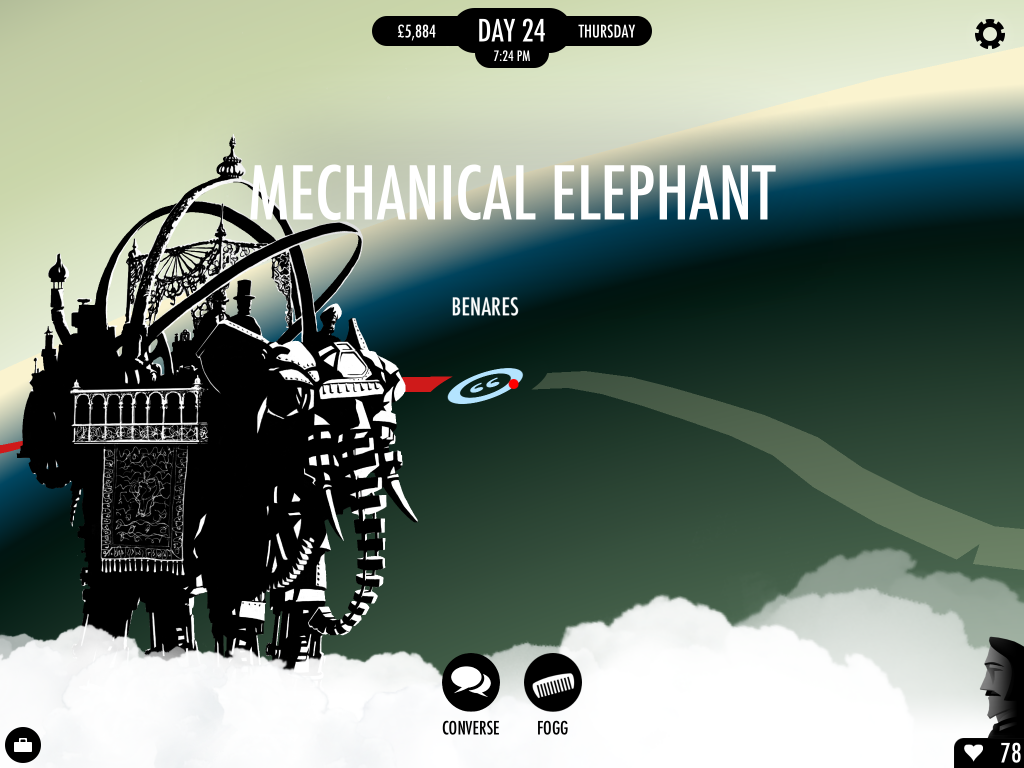
 Since the 2016 election season is starting to warm up (God help us all), I wanted to take a moment to discuss the first development in it that’s been interesting enough for me to watch: the emergence of
Since the 2016 election season is starting to warm up (God help us all), I wanted to take a moment to discuss the first development in it that’s been interesting enough for me to watch: the emergence of 
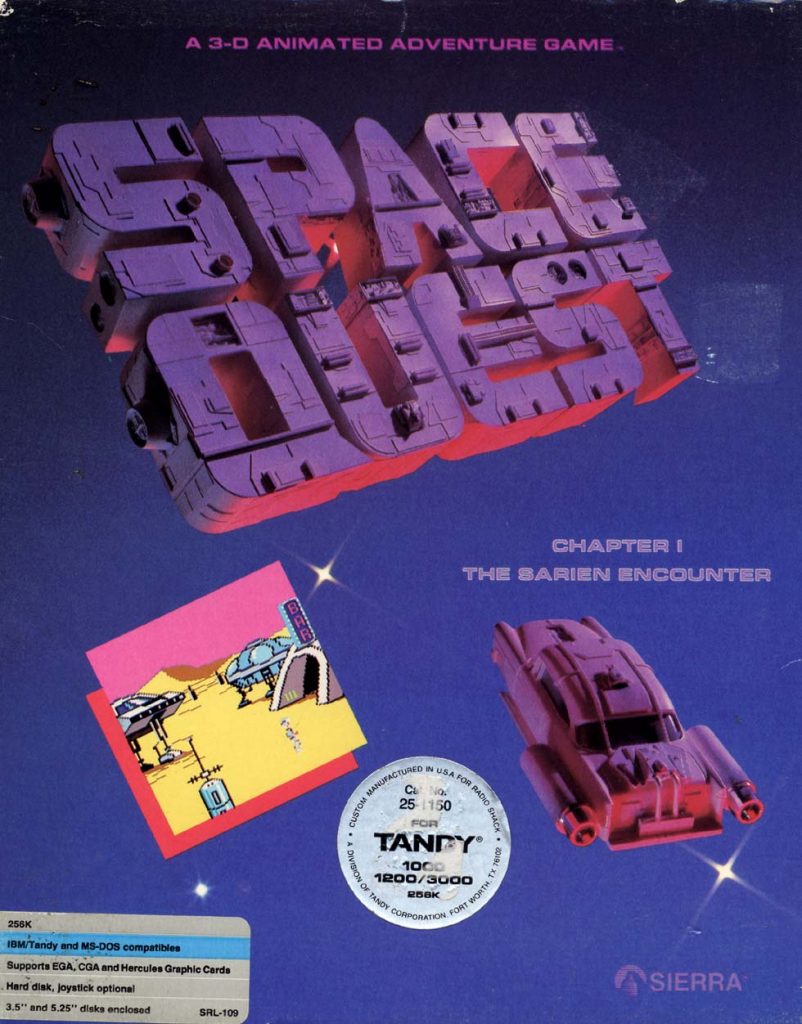 I know I’m going to sound like a grumpy old man by saying this, but I don’t really get the whole “gamecasting” phenomenon. The idea of watching other people play video games just has zero appeal for me. I mean, I love video games, but the attraction of things like
I know I’m going to sound like a grumpy old man by saying this, but I don’t really get the whole “gamecasting” phenomenon. The idea of watching other people play video games just has zero appeal for me. I mean, I love video games, but the attraction of things like 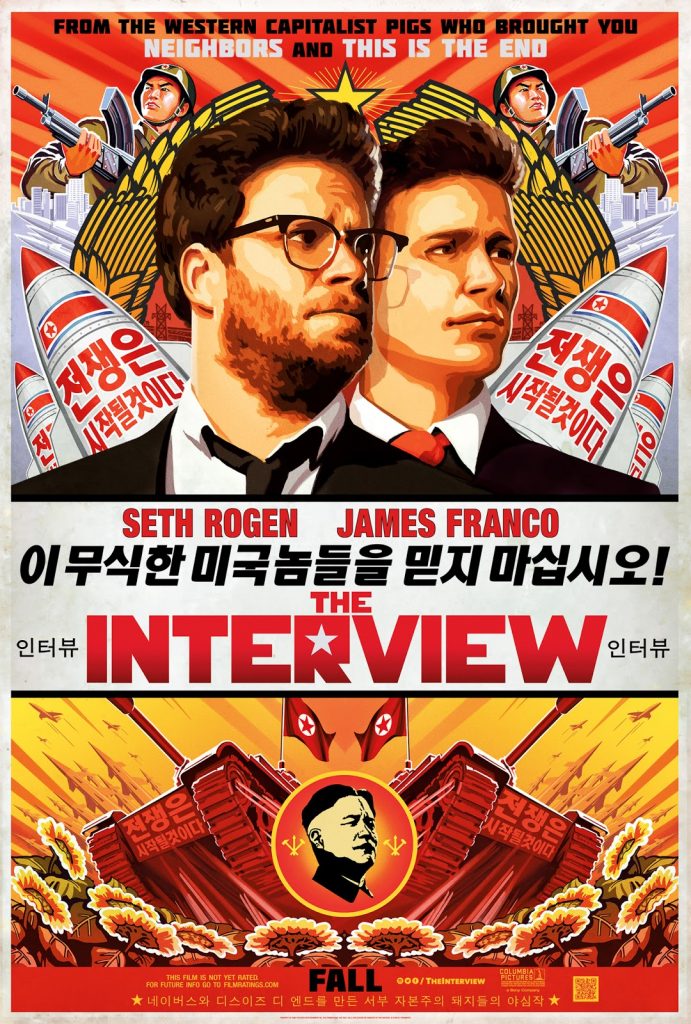 If you follow the news, you’re probably at least dimly aware about the brouhaha surrounding the new movie by Seth Rogen, Evan Goldberg and Dan Sterling,
If you follow the news, you’re probably at least dimly aware about the brouhaha surrounding the new movie by Seth Rogen, Evan Goldberg and Dan Sterling,